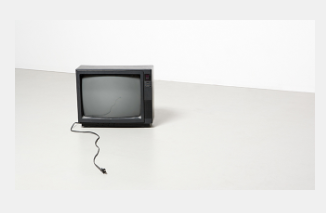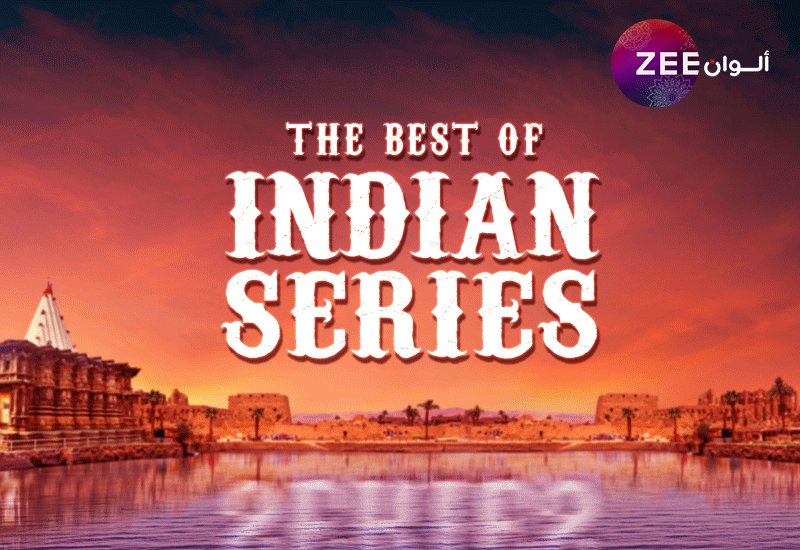 Here, Duncan Southgate, Global Brand Director, Media, explains why marketers should always look beyond simple, generic rankings when deciding which media channels to use.
Here, Duncan Southgate, Global Brand Director, Media, explains why marketers should always look beyond simple, generic rankings when deciding which media channels to use.
In a previous post, Nigel discussed Mark Ritson’s review of Radiocentre and Ebiquity’s research which showed a gap between UK marketers’ perceptions of media channels and some aggregated research evidence about the effectiveness of those channels. The report does a great job of encouraging marketers to think beyond their own preconceptions and consider the latest evidence about what works.
Since the report was published, I’ve had a chance to dive deeper into the research, and to contrast it with our own UK CrossMedia norms from over 160 campaigns. I was most interested in comparing the evidence on how media build brands. This was labelled “Brand Salience” in the Ebiquity report, but really covered all kinds of brand equity development from salience/ awareness through to purchase consideration.
On this brand-building dimension, the Ebiquity report finds TV to be the best medium. This surprised me, since while our CrossMedia data does clearly show TV having the largest absolute impact on brand, this is largely because it still receives the largest share of media spend. Once spend is accounted for, we see print, online video and radio all building UK brands more cost effectively than TV. TV is still moderately cost-effective overall, but its effectiveness is dragged down by many campaigns where TV is overspent.
Channel rankings are never quite as simple as they may seem, no matter how comprehensive or exhaustive the evidence. We have clear evidence that all channels can achieve all brand-building tasks, so the choices about which media channel to use should be driven by the brand strategy and communication task.

Further, we know that campaigns that are integrated around a consistent idea but where content is customized to the specific media channel enjoy a 57 percent boost in effectiveness. Our recent AdReaction: the art of integration report showed that the strongest synergistic effects are usually in combination with TV, so other media really need to resonate with TV whenever it’s on the plan. To get the best from their media spend marketers should plan to create synergy. Duplication of media reach is actually good provided the content delivers a coherent impression across channels.
Our research finds that more than half of all campaigns fail to maintain integration whilst also making the most of each channel and so fail to achieve the full benefits of synergy. Based on the evidence I see, I believe advertisers will always be best served by focussing on their own objectives, and their own brand and category-specific effectiveness evidence, rather than relying on general media rankings and assumptions.
Written by Duncan Southgate, Global Brand Director Media,Insights Division at Kantar Global



